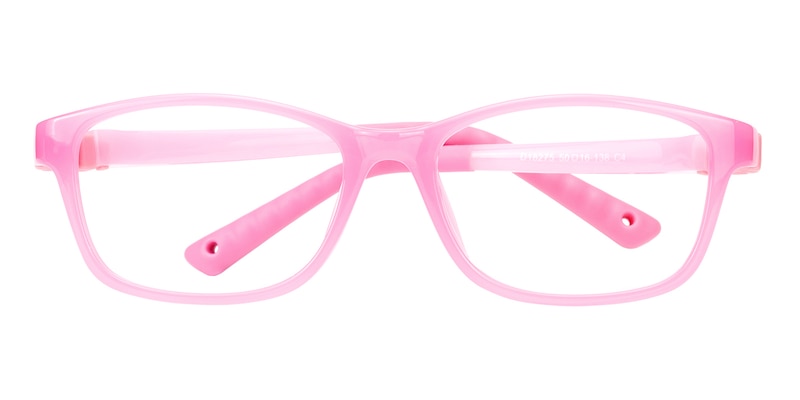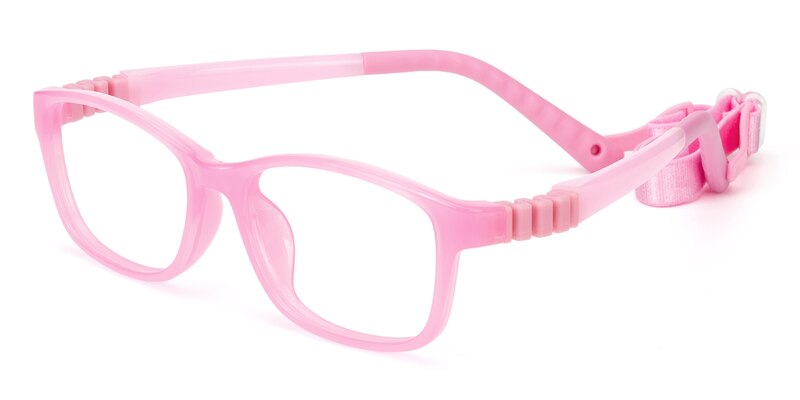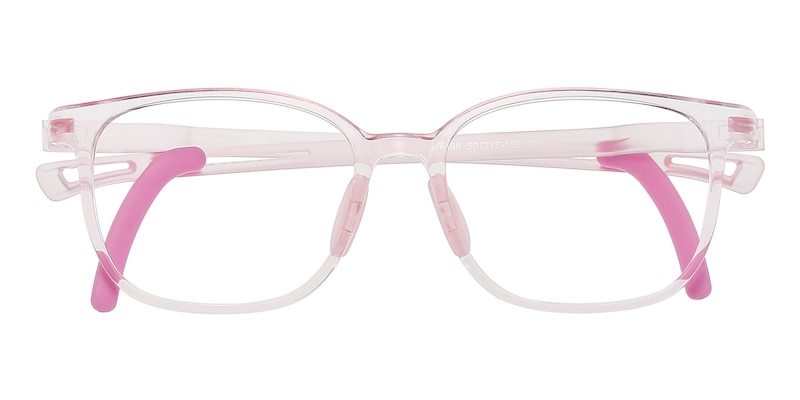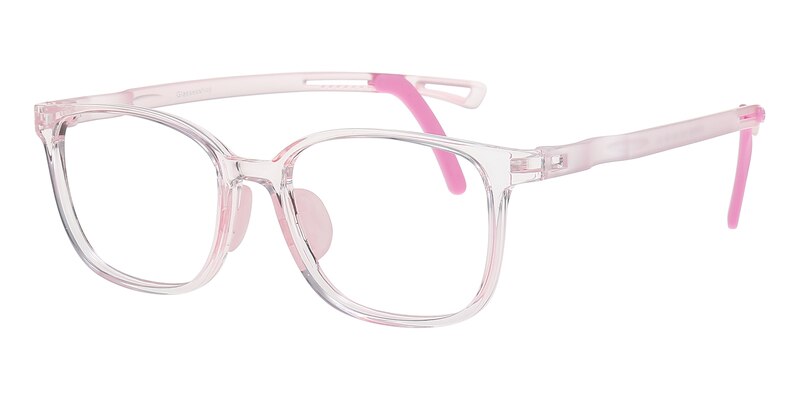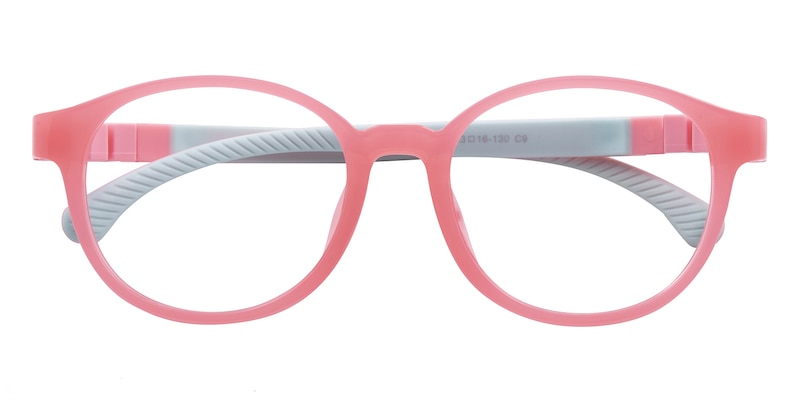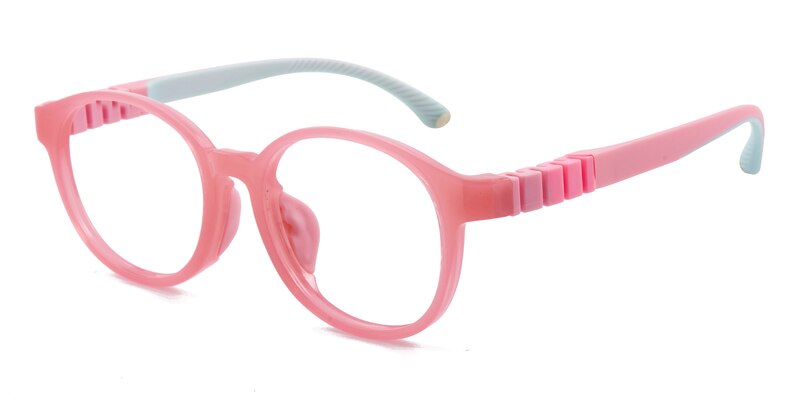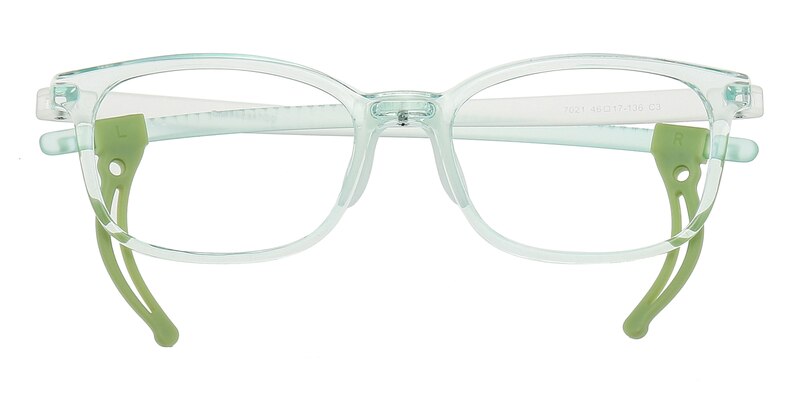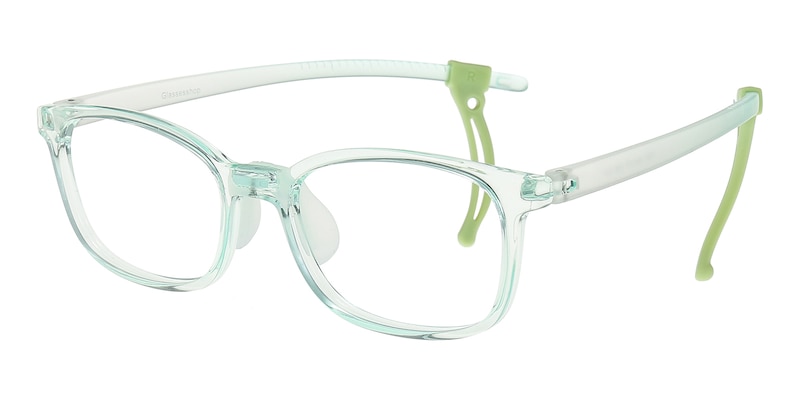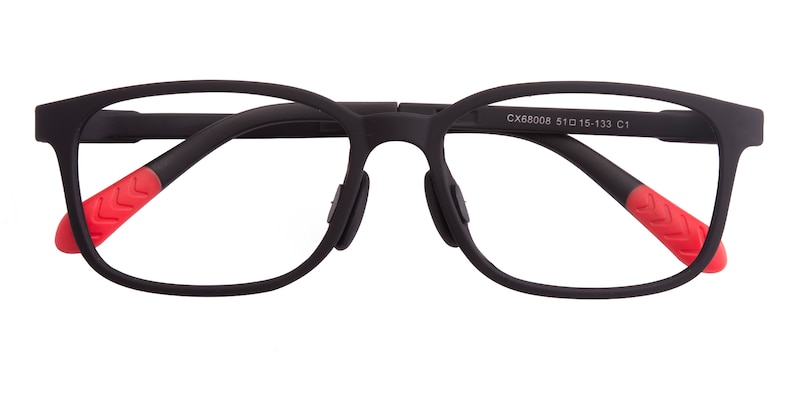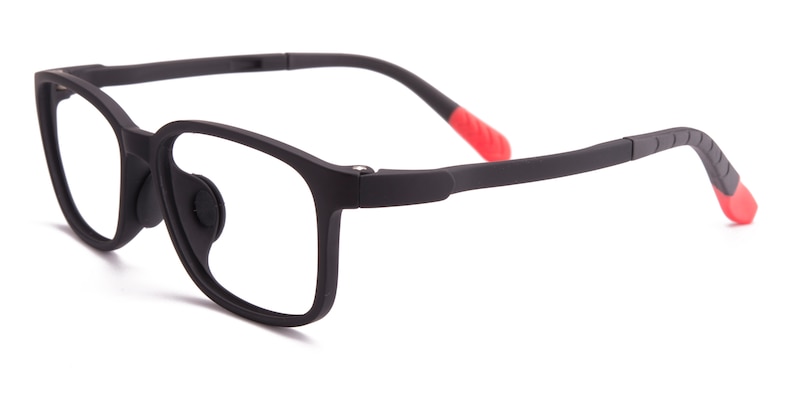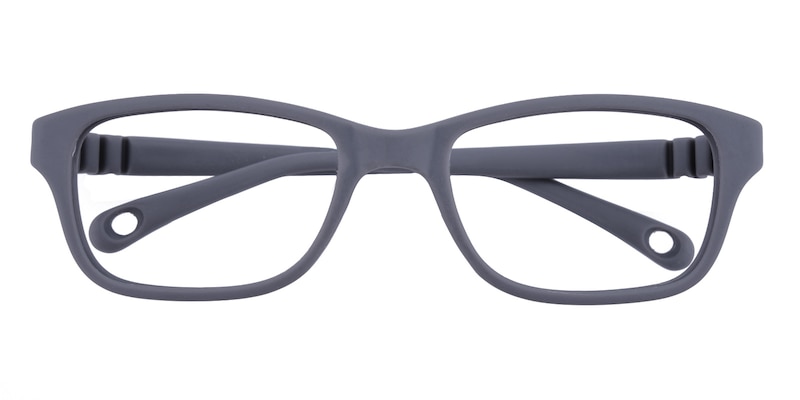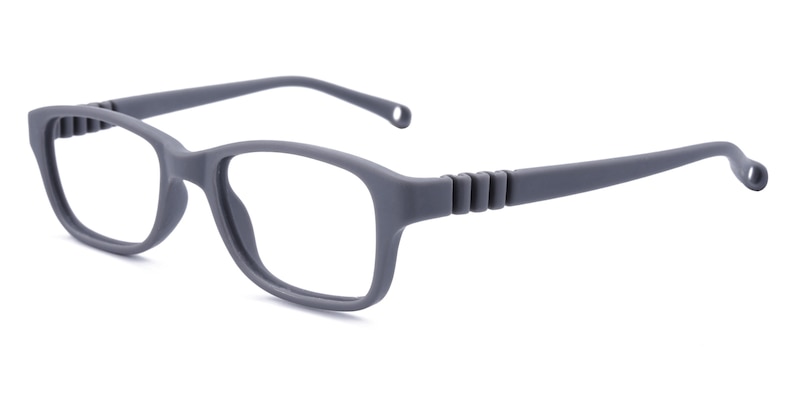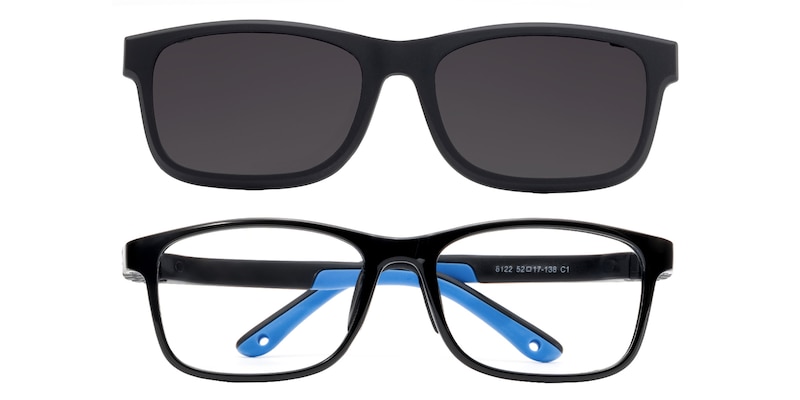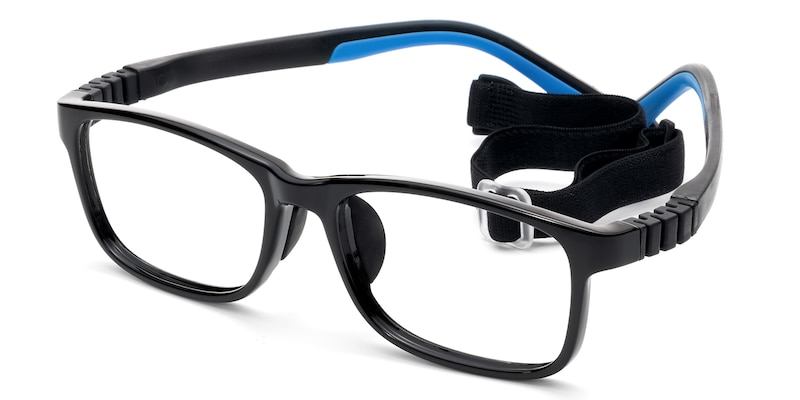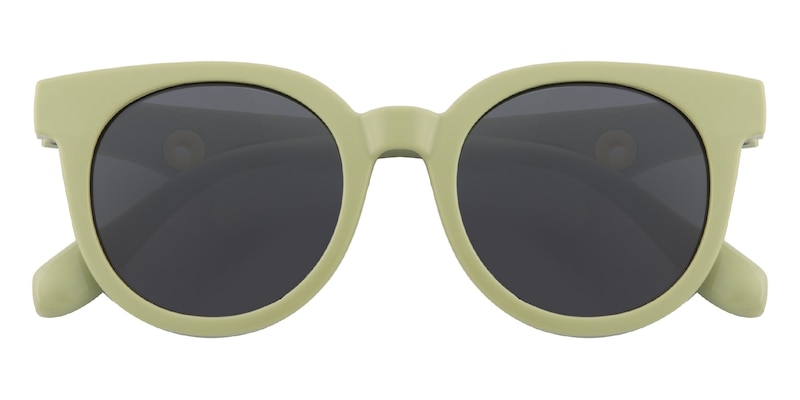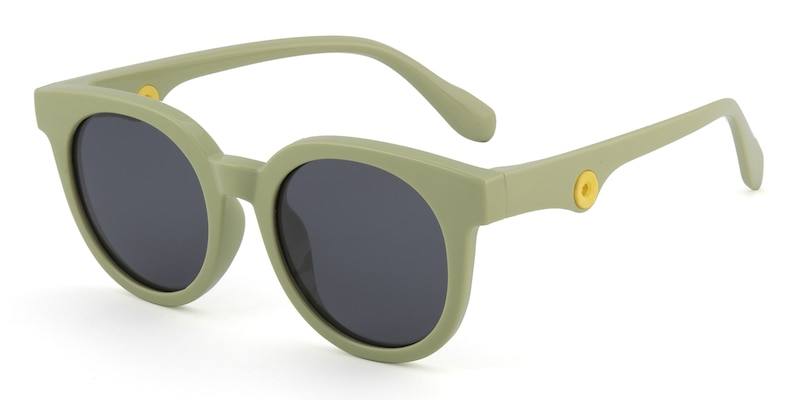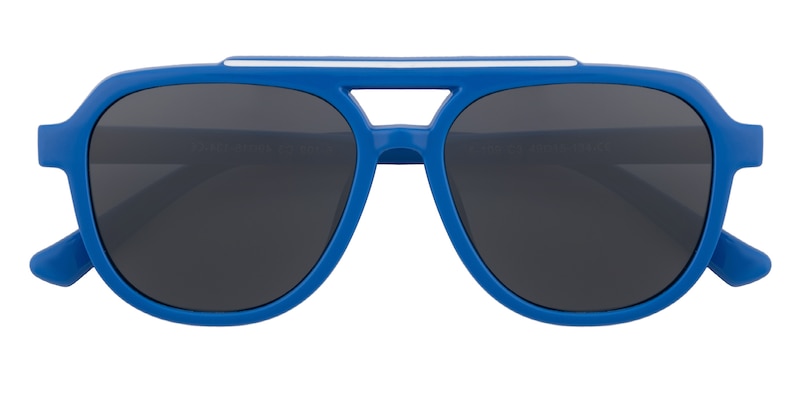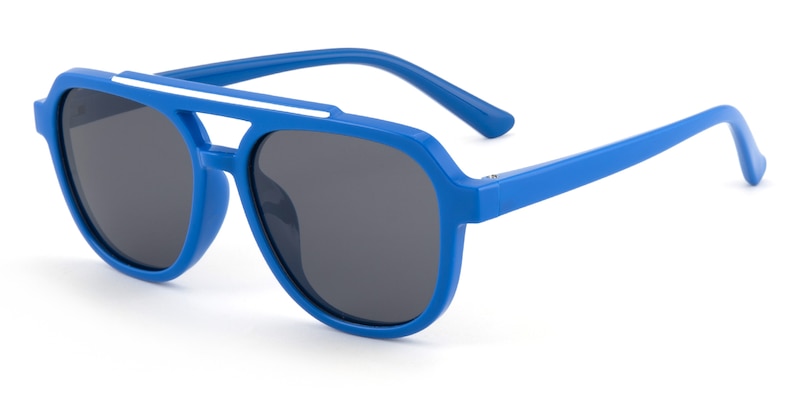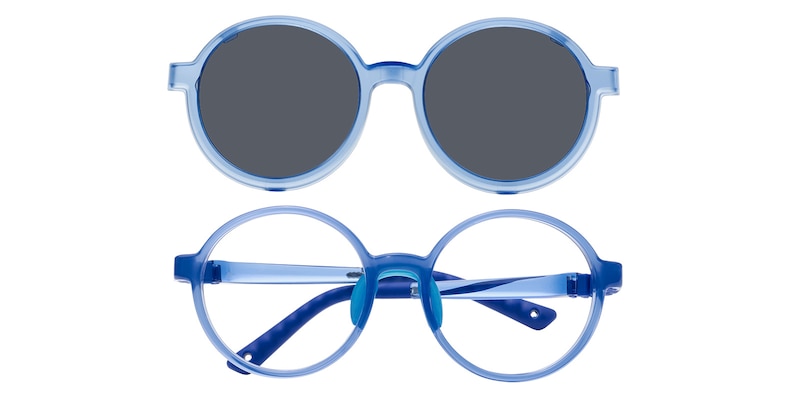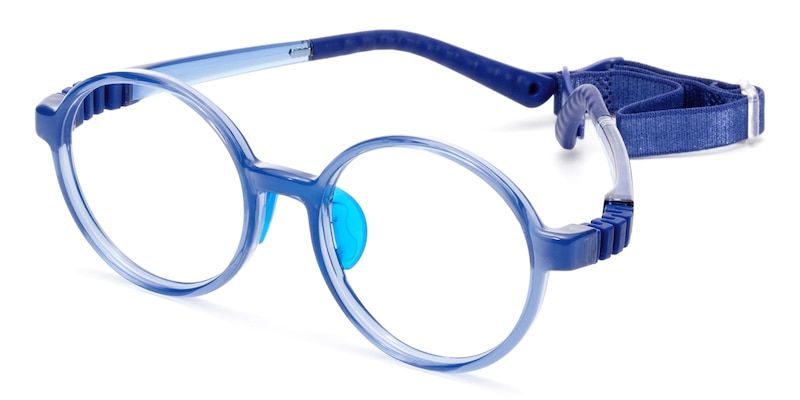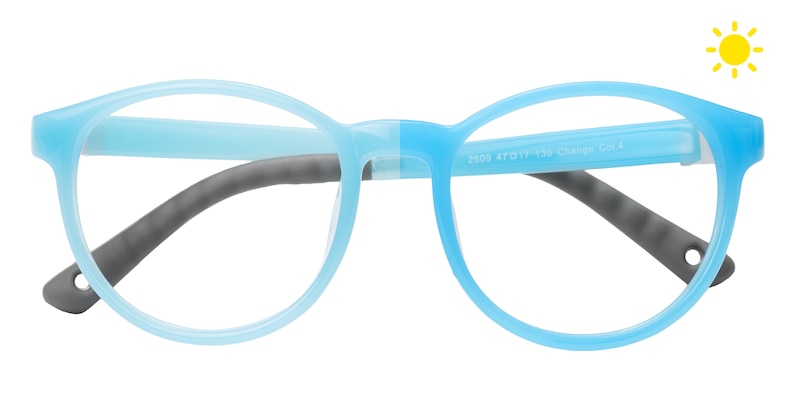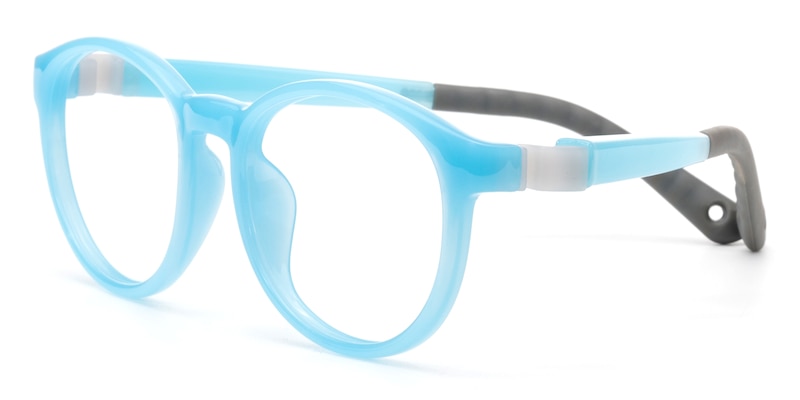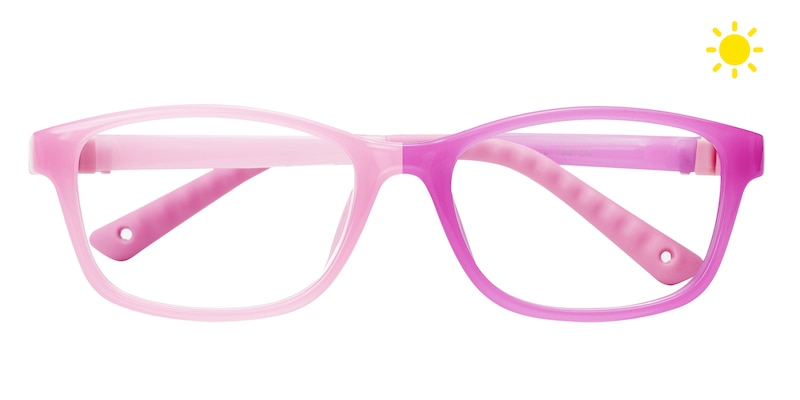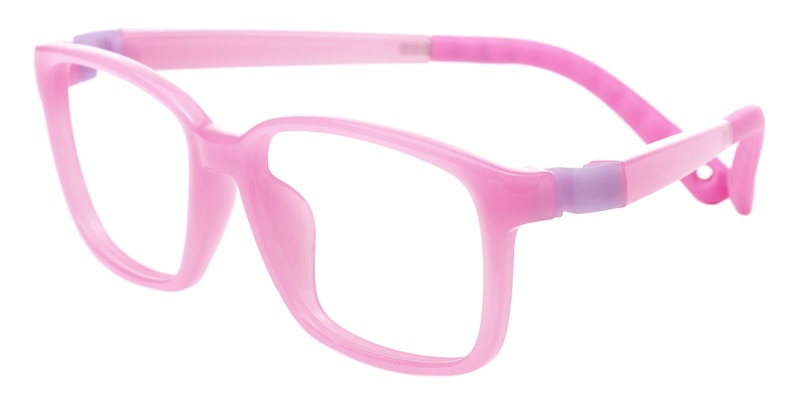Child Eye Care Tips: Essential Guidance for Protecting Young Vision
April 11, 2024

Children's eye care is a critical aspect of their overall health and development. Good vision is essential for a child's physical, educational, and social growth.
The rapid development of children's eyes, especially from birth to age six, underscores the importance of vigilant monitoring and care for their vision during these early, formative years. Parents and guardians are pivotal in the early identification and intervention of potential vision problems, which is essential in averting enduring vision issues.
Regular eye exams serve as the foundation for preserving children's ocular health, allowing for the detection of refractive errors such as nearsightedness, farsightedness, and astigmatism, as well as more severe conditions like strabismus (crossed eyes), amblyopia (lazy eye), or other disorders of the visual system. Moreover, ensuring that children have adequate eye protection during outdoor activities or sports is crucial in preventing eye injuries that could have permanent impacts on their vision.
Nutrition plays a vital role in supporting children's eye health, with a balanced diet abundant in nutrients such as zinc, lutein, omega-3 fatty acids, and vitamins A, C, and E being essential for promoting eye health and development. Additionally, it is important to protect children's eyes from excessive exposure to sunlight by equipping them with sunglasses that block nearly 100% of UVA and UVB radiation, effectively reducing the risk of long-term sun damage. Caregivers can contribute significantly to the foundation of lifelong eye health for their children through proactive measures and attentive care.
Understanding Vision Development in Children
Vision development is a critical aspect of a child's overall growth, involving complex interactions between the brain and eyes. Proper development is essential for a child's ability to learn and interact with their environment.
Milestones of Visual Development
Children's vision undergoes several key developmental stages:
-
Birth to 4 months: Infants focus on objects 8-12 inches away, begin to follow moving objects, and start to develop eye-hand coordination.
-
4 to 8 months: The ability to track moving objects improves, and depth perception starts to develop, enabling them to see in three dimensions.
-
9 to 12 months: Babies can judge distances more accurately and grasp objects with greater precision.
-
1 to 2 years: Children can recognize familiar objects and pictures in books, and their eye-hand coordination continues to advance.
Identifying Vision Issues Early
Early detection of vision problems is vital:
-
Eye Exams: Regular check-ups can detect issues like amblyopia (lazy eye) or strabismus (crossed eyes), which are treatable if caught early.
-
Observation: Parents should watch for signs of eye problems, such as squinting, sitting too close to the television, or rubbing their eyes excessively.
These indicators can prompt a more thorough examination by a pediatrician or an ophthalmologist, ensuring prompt intervention when necessary.
Importance of Regular Eye Exams
Conducting regular eye exams is crucial for children to detect vision problems early, thus ensuring normal vision development and academic success.
Scheduling Your Child's Eye Exams
The American Academy of Ophthalmology recommends that a child's vision and eye alignment should be evaluated between the ages of 3 and 5.
It is suggested that parents arrange for their child to have their visual acuity tested as soon as the child is capable of reading an eye chart. These checks can be carried out by a range of healthcare professionals.
What to Expect During an Eye Exam
During a comprehensive eye exam, a qualified eye doctor will assess a child's eye health and vision. One can expect the following:
-
Inspection of the eye: This includes checking the eyelids, assessing eye muscle movements, and examining the reflection from the eye.
-
Visual acuity tests: These measure the sharpness of the child's vision and may involve reading an eye chart.
-
Eye alignment tests: To ensure the eyes are working together properly.
The regularity of these exams helps in maintaining ocular health and can prevent future vision-related learning difficulties.
Protecting Your Child's Eyes
Ensuring eye safety is a crucial aspect of a child's health. Parents should prioritize measures to prevent injuries and protect their children's eyes from ultraviolet (UV) radiation.
Preventing Injuries
-
Use of Protective Eyewear: For sports and physical activities, ensure that children wear protective eyewear. Polycarbonate lenses are recommended as they are impact-resistant and provide the highest level of protection.
-
Safe Toys Selection: Choose toys that adhere to age-appropriate safety standards and avoid those with sharp edges or projectiles to minimize the risk of eye injuries.
UV Protection Tips
-
Sunglasses with 100% UV Protection: When selecting sunglasses for children, verify that they block 100% of UVA and UVB rays. Large-framed or wraparound glasses offer optimal coverage.
-
Hats and Shade: Consistently encourage the use of wide-brimmed hats and seek shade during peak sunlight hours to further shield children's eyes from harmful UV exposure.

Nutrition for Eye Health
Adequate nutrition is essential for maintaining children's eye health. Specific vitamins, minerals, and foods contribute to their visual development and function.
Essential Vitamins and Minerals
Several vitamins and minerals are vital for good eye health:
-
Vitamin A: Crucial for proper vision. Deficiency can lead to night blindness.
-
Vitamin C: An antioxidant that supports the health of blood vessels in the eyes.
-
Vitamin E: Protects eye cells from damage by free radicals.
-
Zinc: Helps vitamin A create a pigment called melanin, which protects the eye.
-
Omega-3 Fatty Acids: Important for visual development and retinal function.
Foods Beneficial for Eye Health
A variety of foods can support eye health by providing essential nutrients:
-
Fruits and Vegetables: Rich in vitamins A, C, and E, and antioxidants.
-
Examples: Carrots, sweet potatoes, spinach, kale, and oranges.
-
-
Nuts and Seeds: Good sources of omega-3 fatty acids and vitamin E.
-
Examples: Walnuts, flax seeds, and chia seeds.
-
-
Fish: Contains high levels of omega-3 fatty acids.
-
Examples: Salmon, tuna, and halibut.
-
-
Meat and Dairy: Provides zinc.
-
Examples: Beef, poultry, milk, and cheese.
-
-
Eggs: Contain lutein and zeaxanthin, which are important for retinal health.
Eye Care Best Practices
In ensuring optimal eye health for children, attention to environmental factors and controlled screen exposure is paramount.
Proper Lighting
When a child is reading or studying, it’s crucial to maintain adequate lighting to prevent eye strain.
The light source should not directly face the eyes nor should it create excessive glare.
Ideally, it should be positioned behind and slightly above the child's shoulder.
The use of task lighting is recommended, such as a desk lamp with an adjustable neck that can be pointed to illuminate the workspace without shining in the child's eyes.
Screen Time Recommendations
The American Academy of Pediatrics suggests the following screen time guidelines:
-
For children younger than 18 months: Avoid the use of screen media other than video chatting.
-
Children aged 2 to 5 years: Limit screen use to one hour per day of high-quality programs.
-
Children aged 6 years and older: Place consistent limits on the time spent using media, and the types of media.
Ensuring that a child takes regular breaks from screen time is critical for eye health, and the 20-20-20 rule serves as a practical method to facilitate this: every 20 minutes, a child should focus on an object 20 feet away for at least 20 seconds. Additionally, it's important to encourage engagement in non-screen activities, allowing their eyes ample rest.

Eyewear for Children
When selecting eyewear for children, ensuring a proper fit and appropriate lens type is crucial for their comfort and vision development.
Choosing the Right Glasses
Fit: Children's glasses must fit well on their faces.
The frame should be the correct width, with the temples (arms of the glasses) snugly curving around their ears without causing discomfort.
Nose pads should sit comfortably without leaving marks.
Lens Material: For safety and durability, polycarbonate lenses are advisable as they are impact-resistant and lighter than traditional plastic lenses. They also provide built-in ultraviolet protection.
Frame Material: Frames made of flexible materials such as silicone or certain plastics can withstand rough handling, making them suitable for active children.
Contact Lenses Considerations
Age: There is no set age for children to begin wearing contact lenses.
The child's level of maturity and ability to handle the responsibility of contact lens care is more important than age.
Maintenance: Regular cleaning and proper storage are key to maintaining eye health.
Parents should ensure their children understand and follow these practices to prevent infections or other complications.
Type of Lenses: Depending on the child’s lifestyle, daily disposable lenses might be a convenient option, eliminating the need for cleaning solutions. For others, extended wear lenses could be suitable under the guidance of an eye care professional.
Addressing Common Eye Problems
Managing Allergies
Children with allergic reactions often experience symptoms such as itchiness, redness, and tearing in the eyes.
Parents can help alleviate these symptoms through:
-
Over-the-counter antihistamine drops: Effective for reducing itchiness and redness.
-
Cold compresses: Can be applied gently to the eyes to decrease swelling and discomfort.
Consistent cleanliness is also important. This includes washing hands and avoiding rubbing of the eyes. These actions can help prevent allergens from irritating the child's eyes.
Dealing with Dry Eyes
Dry eyes in children might be a result of insufficient tear production or environmental factors.
Parents can assist in:
-
Using artificial tears: These lubricate the eyes and relieve dryness.
-
Humidifiers: Installing these in the child's environment may add moisture to the air, helping to keep the eyes hydrated.
Encouraging children to take breaks during prolonged activities that require focus, like reading or screen time, can also prevent eye strain and dryness.
Exercises and Activities to Strengthen Vision
A child's routine can enhance visual skills and eye health by incorporating specific exercises and activities.
Vision therapy and engaging activities offer dual benefits: improving vision while keeping the process enjoyable.
Vision Therapy Exercises
-
Pencil Push-Ups: The child focuses on a small letter on the side of a pencil while slowly bringing it closer to the nose. They stop as soon as the letter begins to blur. Moving the pencil away, the child then refocuses on the letter. This exercise strengthens converging skills and can be done daily.
-
Focus Switching: Using a finger or an object, the child focuses on it at arm's length, then switches focus to a distant object, and back again. This helps improve accommodation skills, or the eyes' ability to change focus quickly and accurately.
Fun Visual Activities
-
Eye Tracking: Encourage children to watch and follow moving objects, such as a swinging mobile or a rolling ball. This can be particularly beneficial for infants and toddlers. It helps with their ability to track moving objects with their eyes.
-
Eye 'Writing': Have the child 'write' letters or short words in the air using only their eyes, without moving their head. This activity can enhance control over eye movements and promote visual motor integration.
Incorporating targeted exercises and engaging in activities that challenge visual skills can significantly strengthen vision. Practices like focusing drills, eye tracking, and coordination exercises, alongside outdoor activities, can improve eyesight, enhance visual processing, and contribute to overall ocular health.



